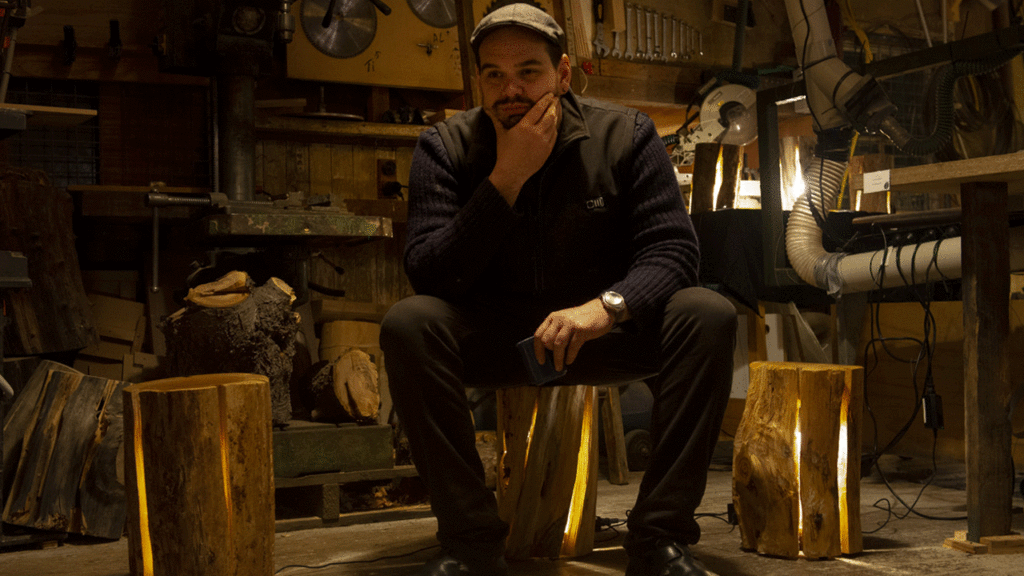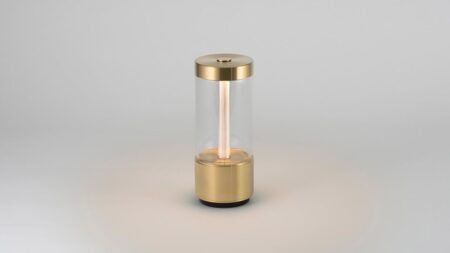Ask a Melburnian what defines their city, and you’ll hear about its vibrant cultural scene, thriving arts community, and eclectic food options. Some may highlight the city’s passion for sports, others may focus on its extensive public transit, or the charming laneways adorned with street art. Design rarely finds a mention, not because it’s absent, but because it’s woven into the fabric of everyday life. From hand-crafted furniture to lighting, design in Melbourne isn’t chasing global events like Milan Design Week or NYCxDesign Festival; it’s personal, practical, and deep-rooted in the Aussie lifestyle.
Once a year, however, the DIYers, creators, and independent designers step onto the global stage during Melbourne Design Week: An 11-day celebration of innovation, creativity, and bold ideas. Now in its ninth edition, the National Gallery of Victoria (NGV)-led festival, running from May 15 through May 25, 2025, will feature over 300 exhibitions, talks, tours, and workshops across Australia’s design capital.
Among this year’s highlights is the ‘100 Lights’ exhibition at North Melbourne’s Meat Market Stables. A dazzling showcase, curated by Friends & Associates, will not only cement Melbourne’s status as a global design hub but also set the tone for global lighting trends, emphasizing sustainability, craftsmanship, and narrative-driven innovation. Homecrux spoke to some of the visionary designers, making a presence at the event, to explore how 100 Lights is redefining design discourse and illuminating a path toward a more sustainable future.
“The 100 Lights exhibition is a platform where designers, from indie studios to established names, can come together to push boundaries and spark global conversations. It will position Melbourne as a hub for forward-thinking design by weaving together cutting-edge technology, artisanal craftsmanship, and a distinctly contemporary ethos,” Adam Goodrum, a luminary in Australian design, informed.
“Over the years, I have observed designers prioritize eco-consciousness, using reclaimed materials, low-energy LEDs, and low-impact production techniques. I am expecting the same at the 100 Lights exhibition 2025. These choices reflect a shift toward responsible design, where beauty and sustainability coexist, and influence future lighting directions worldwide,” he added.
As a prominent exhibitor at the 100 Lights, Goodrum is showcasing a lamp collection at the event. “Dubbed Hangman, the lamp collection takes its inspiration from the universally renowned analogue game of ‘Hangman’. It’s a playful design that explores simple yet seemingly magical geometry. The lamp features articulated joints, allowing for various arm positions to achieve different lighting effects and visual expressions. The design utilizes an oval-shaped extrusion, which, when cut at a 45-degree angle, provides a perfect circle for seamless rotating joints. Each arm culminates in a carefully crafted light source that appears as a polished, luminous tip.”
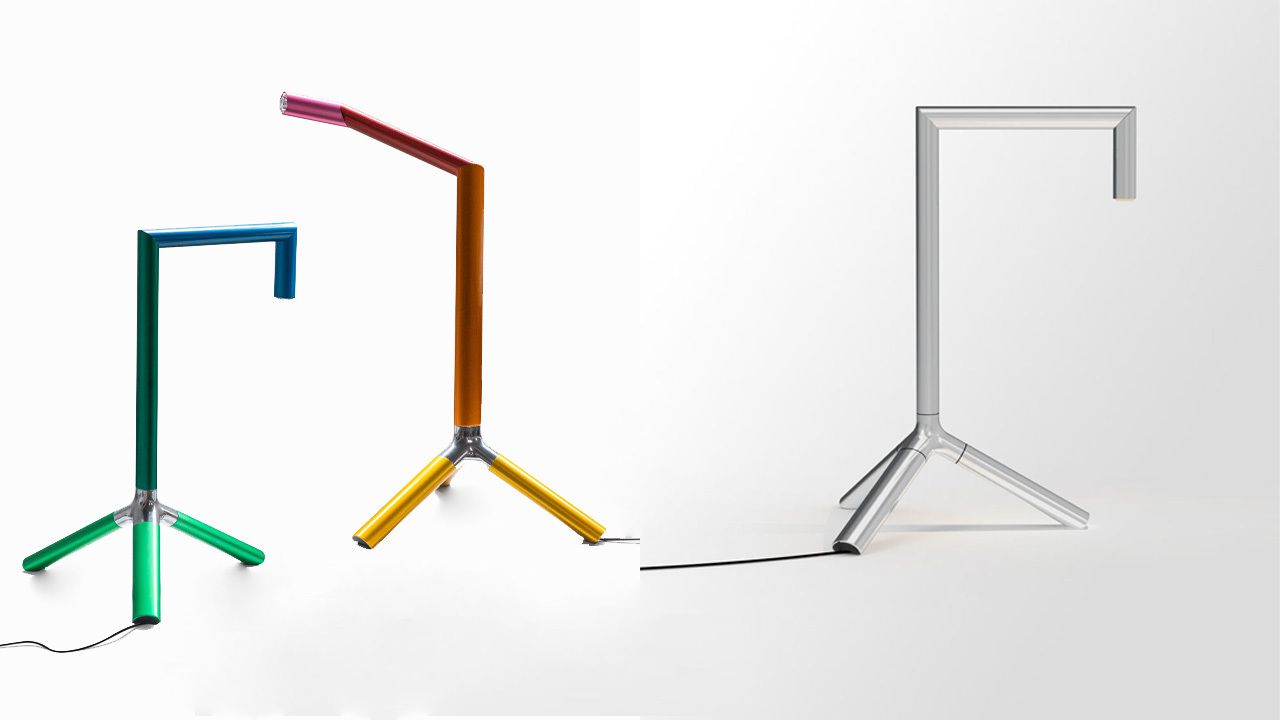
While Goodrum is a celebrated name in the Australian design circuit, Patryk Koca is fairly new. Sydney-based designer Koca, who launched his studio in 2019, sees 100 Lights as a celebration of “the strength of the industry, where collaboration fuels creativity and opens doors to bold experimentation.”
This is reflected in his latest lighting fixture, Reverie, to be exhibited at the event. Drifting from his natural strength, which is furniture design, the Sydney-based designer will be showcasing a vessel-shaped lighting fixture that is cast from bronze. “The outer body of the lighting fixture is a cold, heavy mass broken up by intriguing elliptical openings. Once illuminated, the outer surface surprises with a glow escaping through the portholes, which deliberately hide the battery-powered light source above. The porous cast surface reveals its imperfections, and the bronze now adds warmth with its colour and enhances the quality of the visible reflected light,” he said while explaining the complexities of his design.
But Koca’s design isn’t just about aesthetics, it has a tint of a sustainability aspect to it. “Bronze Casting is an energy-intensive process, but the material is pure and noble and does not require coating or treatments, which are often the most harmful to the environment. Recognising and celebrating the value of the core material creates a sense of attachment and adds longevity to a product and less a burden on the environment.”
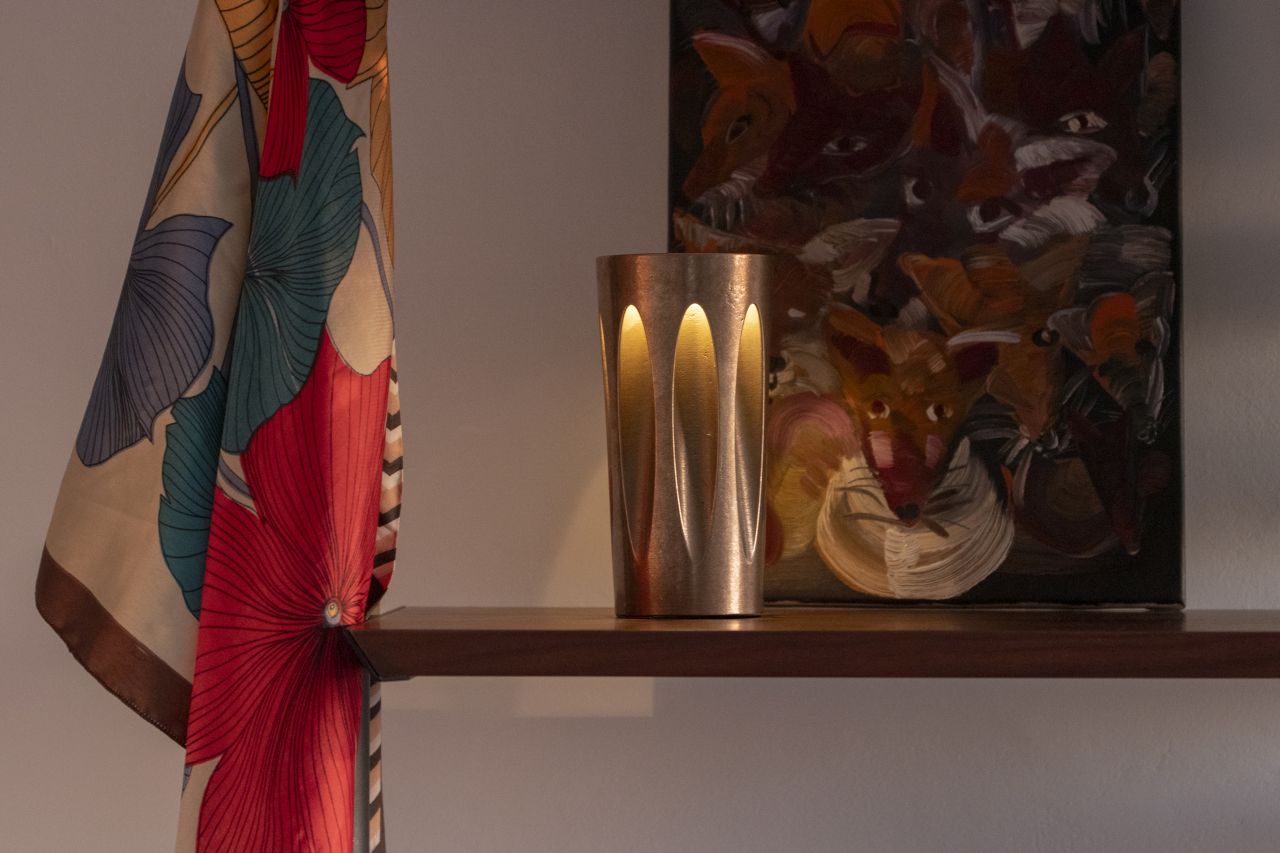
100 Lights is not only subjugated to men designers, but women designers have their role to play as well. Marlo Lyda is one such name who is emphasizing the power of experimentation and material usage, and how these creations can be less burdensome on the environment. For Lyda, “100 Lights is a moment where the experimental becomes public, redefining lighting as a vessel for stories, not just light.”
This narrative is evident in the product she will be showcasing at the exhibition as well. “In Toile, I use calico – a humble, biodegradable fabric – to build sculptural shades that celebrate imperfection. Rather than hiding seams, the construction is visible and intentional. The lamps lean, tilt, and resist standardisation – echoing slow, low-impact production that values narrative over mass uniformity,” she told Homecrux.
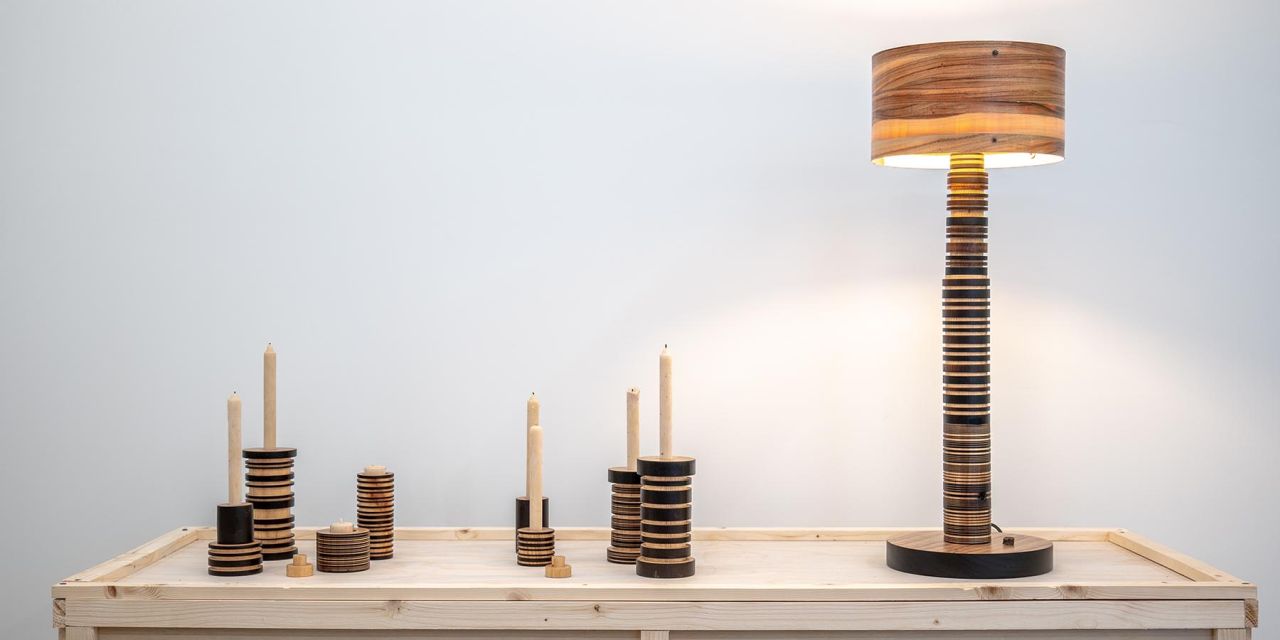
From how these exhibitors put it, it’s pretty evident that 100 Lights will shine a spotlight on Melbourne’s design identity – bold, process-led, and rich in material curiosity. But in a world grappling with environmental changes, 100 Lights will also shine brightest in its commitment to sustainability.
A classic example is of Duncan Meerding, whose Stump Light transforms salvaged macrocarpa timber into a warm, mood-setting piece. “Many of us value sustainability, discussing slow furniture and lighting that lasts. Creating pieces that stand the test of time is one of the most sustainable choices a designer can make. I have done the same with my creation that I am exhibiting at the Melbourne Design Week,” Meerding notes.
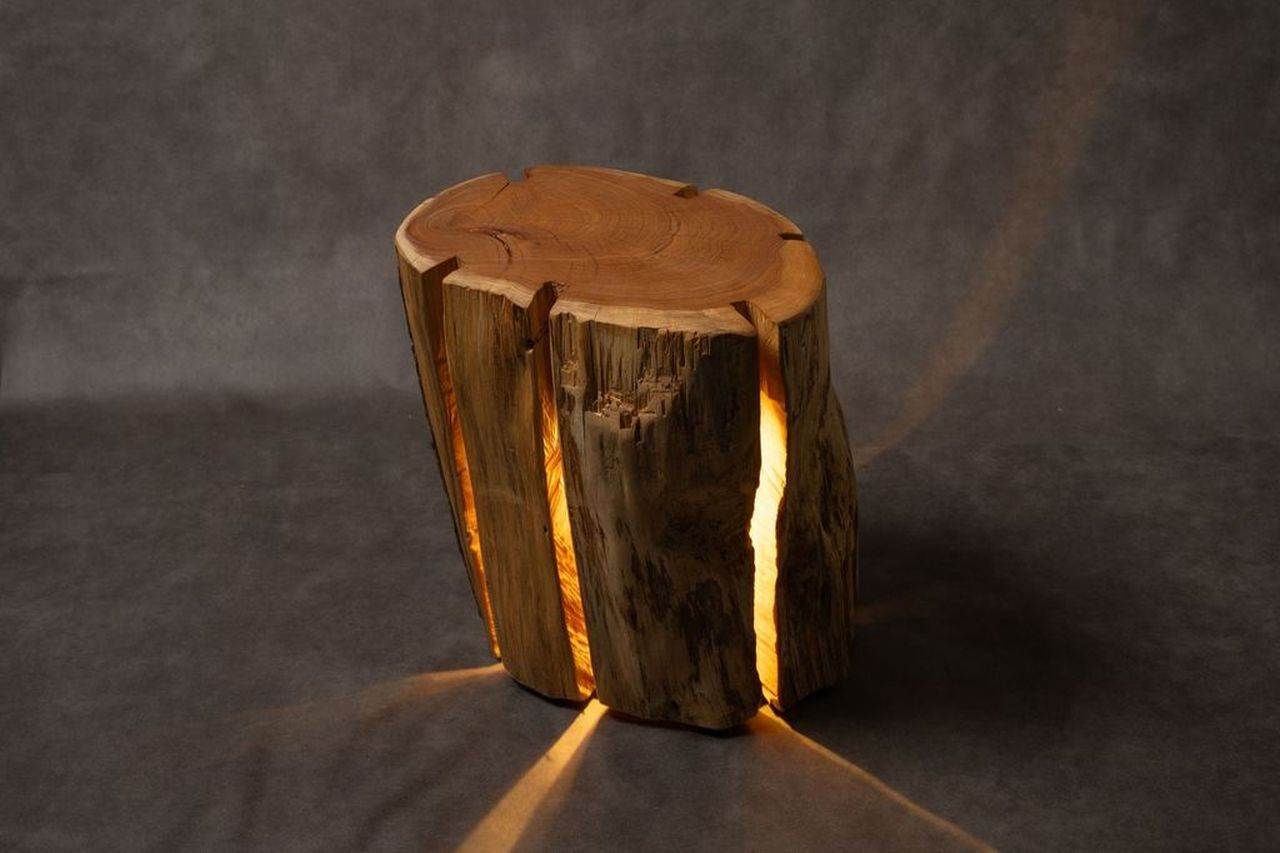
What’s even more surprising here is the fact that Meerding is vision-impaired. He cannot see his creations. And this narrative adds a profound layer to 100 Lights, highlighting design’s ability to transcend limitations and connect with universal human experiences.
As the glow of 100 Lights spills across Melbourne Design Week 2025, it leaves an indelible mark on the global design landscape. A classic case is New South Wales studio Zeoform (Zeo), whose representatives are willing to fly 880km (540 miles) only to provide staunch support to designers. Zeo’s Business Development Head, Felix Wheeler, told Homecrux, “100 Lights reinforces Melbourne’s reputation as a hub for thoughtful, experimental design. By spotlighting independent studios and material innovation, it helps shape global conversations around what lighting can be, not just in form, but in meaning.”
To showcase their support for the independent design sphere in Melbourne and help promote their goals of sustainability, Zeoform will also be exhibiting the Nori Lamp collection at the event. “Our piece Nori, is made from Zeoform, a material composed entirely of waste paper and water. At Zeo, we’re focused on creating furniture, lighting, and architectural products using only waste plant fibres, offering a regenerative alternative to traditional composites and plastics,” he added.
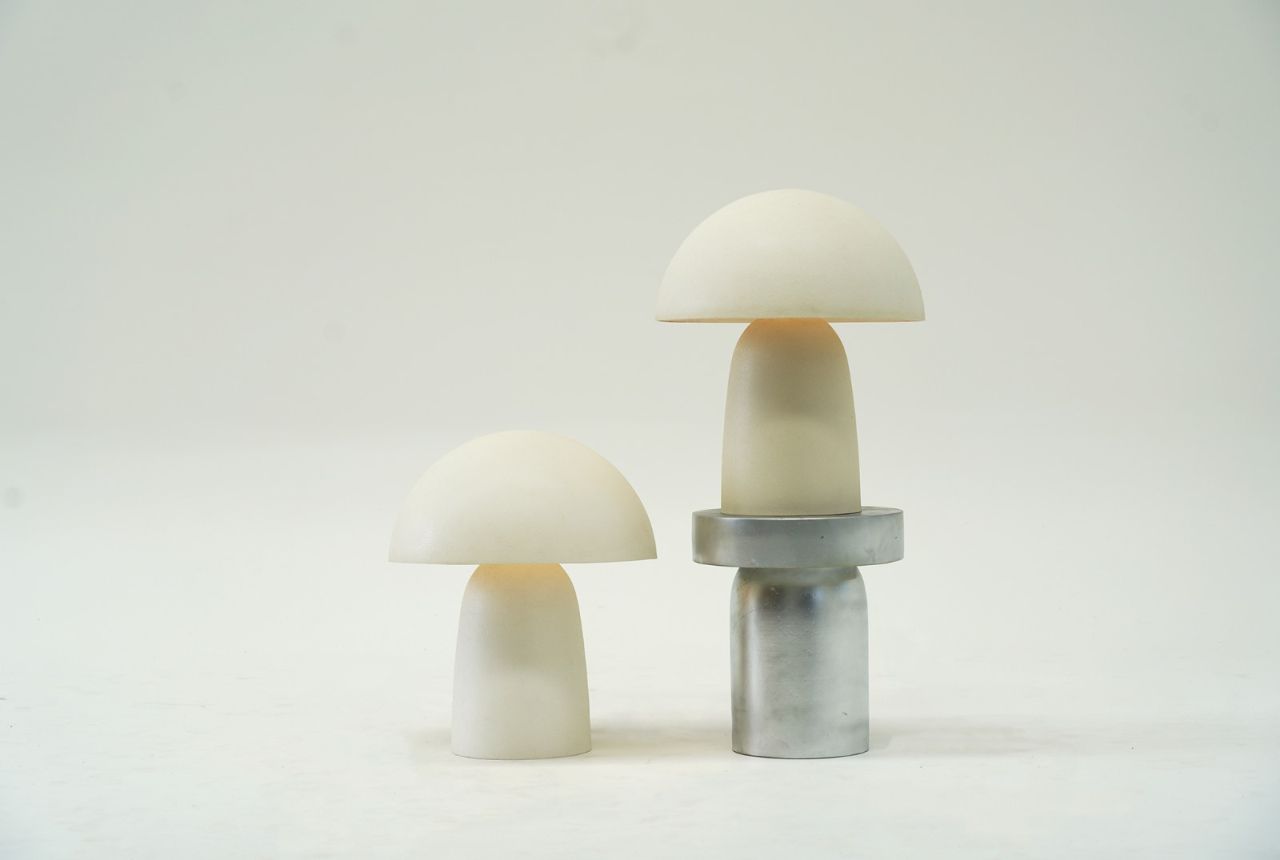
Lastly, we caught up with Daniel Giffin, a Melbourne-based designer who has been experimenting with lights for over a decade and is a commentator on the Melbourne design scene. Giffin expects “100 Lights exhibition as an event that could enhance Melbourne’s reputation as a design capital by showcasing innovative lighting solutions, fostering collaboration among designers, and attracting international attention.”
“I am proud to state that we incorporate eco-friendly materials like recycled metals and sustainably sourced glass, alongside energy-efficient LED technologies in our designs, thus emphasizing minimal waste and local craftsmanship,” he tells us. Giffin is exhibiting the Igloo Sconce (flaming torch attached to wall) collection at 100 lights, which he describes as “a statement of refined craftsmanship and timeless design.” Featuring a solid glass block diffuser with sleek, soft edges and natural variations, each piece is uniquely textured, casting a warm, inviting glow while creating a beautiful tactile effect.
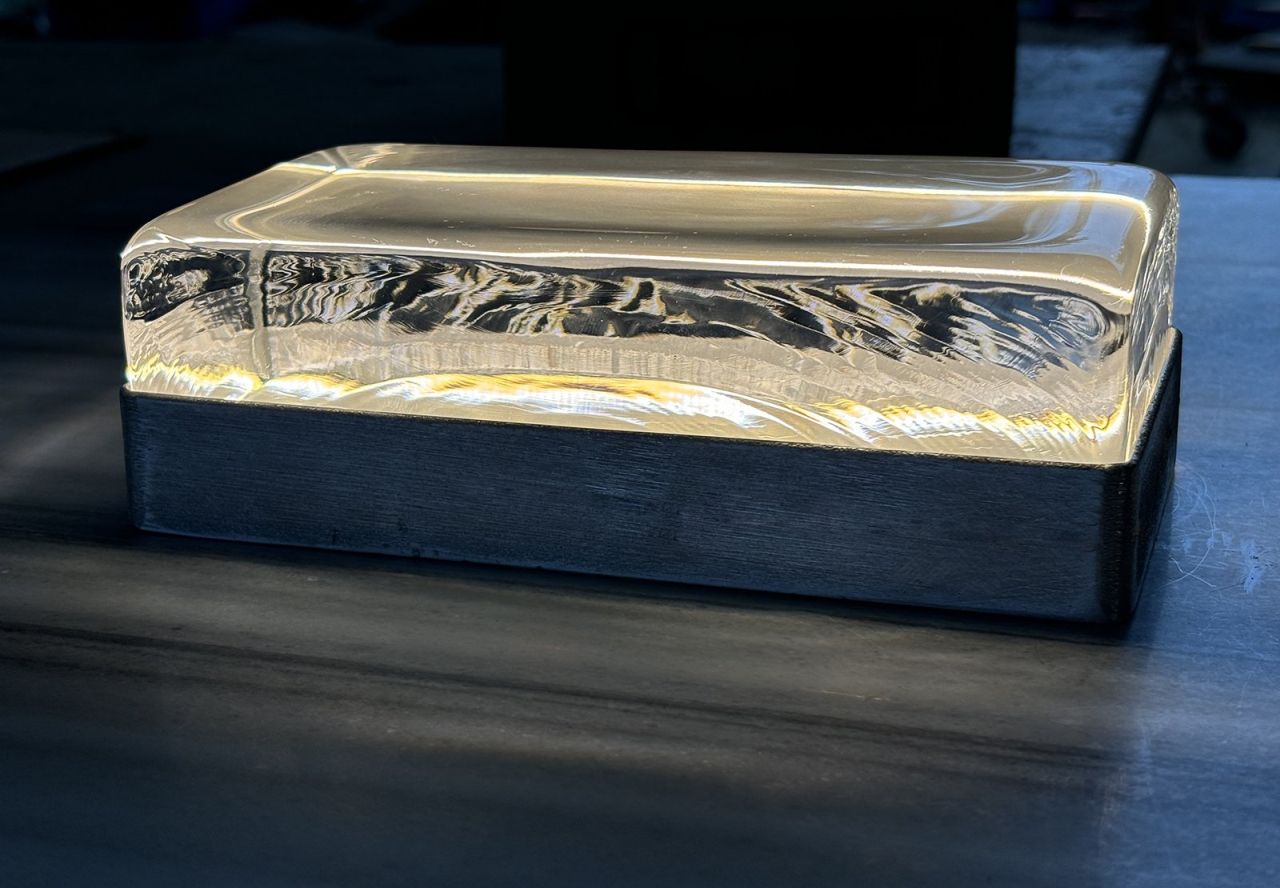
Having taken a close look at the products to showcase and having heard from those that matter, Melbourne may not shout about its design prowess, but 100 Lights speaks volumes. It’s a reminder that light doesn’t just illuminate spaces, it illuminates possibilities. Possibility for someone like Patrky Koca to experiment with bronze, possibilities for Marlo Lyda to design narrative-driven products, possibilities for a visually impaired Duncan Meerding to look beyond his limitation and use reclaimed timber, and for a big-scale studio like Zeo to try regenerative materials. These possibilities only lead to a more sustainable and narrative-driven future.
Follow Homecrux on Google News!
